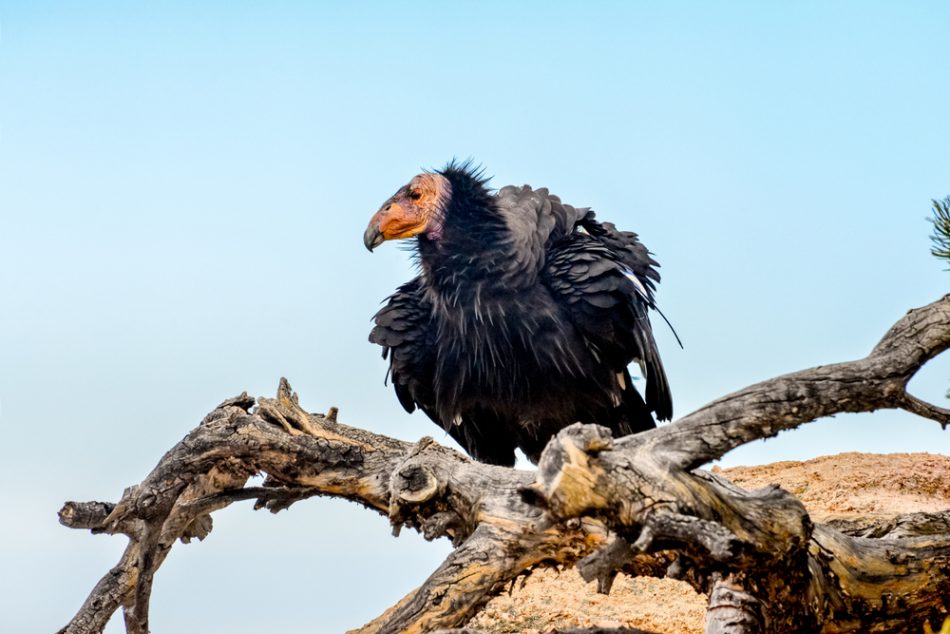California condors are some of the world’s most critically endangered species, but in good news for conservation efforts, rangers have spotted the birds in Sequoia National Park for the first time in 50 years.
Condors used to live across all of North America, but hunting and pesticide use reduced populations down to less than ten wild birds in 1985. A captive breeding program started by the U.S. Fish and Wildlife Service helped spur the growth of this species, which only produces a single egg once every one to two years. This program, coupled with park shutdowns due to the pandemic, helped bring the giant birds back to Sequoia.
Today, more than 127 condors are believed to roam California. Their return to this original habitat is good news for conservation. The birds once nested among the giant branches of the sequoia trees and conservationists hope to soon see this practice restart in the area.
In addition to breeding, the state has also outlawed lead bullets, which contaminate carcasses that the scavenging condors then feed on. This is yet another example of the pandemic giving wild animals the support they need to reclaim their newly human-free natural habitats.












